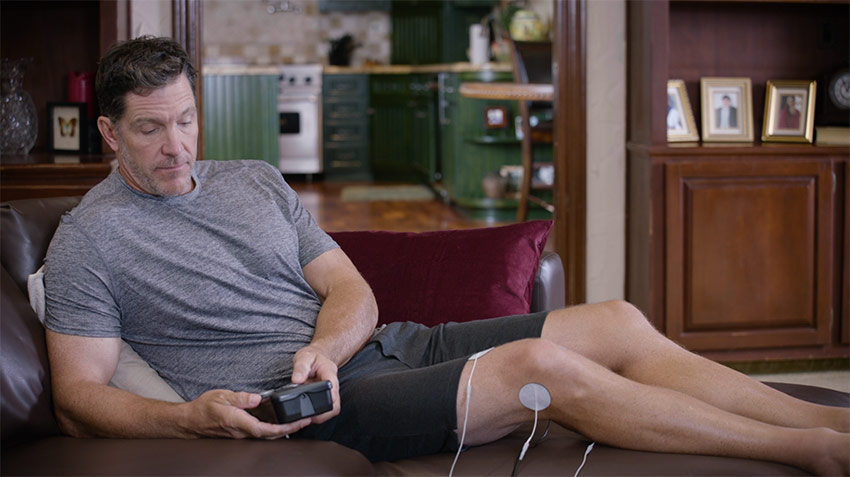Interventional or Non-Interventional Pain Management: What’s The Difference?

If you suffer from chronic pain, you likely feel as if your life has been completely uprooted. Once enjoyable activities are now impossible, prevented by the severe pain. Every task seems more difficult.
There are lots of pain management techniques to try; these are typically divided into interventional and non-interventional treatments.
What is Interventional Pain Management?
Interventional pain management uses techniques to block pain. Invasive techniques such as nerve blocks, surgery, or implantable drug delivery systems are all types of interventional therapies. Doctors typically resort to interventional methods in cases where severe pain is significantly disrupting your daily life, or when other treatments have not been effective in reducing or eliminating pain.
Specific techniques are used for specific symptoms and conditions, but here are some of the most common interventional techniques:
- Injections: Steroid injections target pain points in the body to reduce inflammation. Commonly administered injections are facet joint, trigger joint and epidural injections.
- Spinal Cord Stimulation: An electrical current is applied to the source of pain via a tiny medical device implanted into the buttocks or abdomen. The electrical signals affect the spinal column to block the brain’s ability to perceive pain signals. Peripheral nerve field stimulation works in a similar way, but the electrical leads are placed close to the pain source to stimulate the peripheral nerves.
- Nerve Blocks: A nerve block interrupts the nerve-to-brain signals to relieve pain. Nerve blocks range from minimally invasive to surgical and may last a few days or be a permanent block, depending on the technique used.
- Infusion: Infusions deliver pain medication directly to the area. Epidural infusions target the spinal cord, while intrathecal infusions target the brain.
- Ablation: Radiofrequency waves are used to heat the nerve tissue to ablate it, thus reducing pain signals that are emitted from the source.
The Non-Interventional Pain Management Alternative
Granted, all of these techniques can be effective for some, but they don’t work for everyone, and they are nevertheless invasive techniques. Most patients want to do everything they can before trying interventional pain management. Some common types of non-interventional pain treatment options are:
- Physical Therapy
- Pain medications like NSAIDS or opioids
- Muscle relaxants
However, even though these solutions are “non-invasive” they still come with their own set of drawbacks. There are countless harmful side effects that accompany the use of pain medications, and unfortunately most physical therapy locations aren’t open 24/7 to treat pain whenever it hits.
Luckily, there is H-Wave, a non-interventional, non-invasive, drug-free electrical stimulation device designed to help restore function, speed recovery and effectively manage pain.
Unlike other electrotherapy modalities, like transcutaneous electrical nerve stimulation (TENS), H-Wave does not just mask the pain. H-Wave is a true rehabilitative device that addresses the root causes of pain by increasing blood circulation and lymphatic drainage in the affected area, which is the basis for recovery. H-Wave’s secondary pain setting works by shutting down the pain signals within the nerve, providing lasting pain relief that is so effective that the FDA has cleared the H-Wave for use as dental anesthesia.

H-Wave is widely used in clinical settings, but it can also be used at home several times per week or several times per day, depending on the patient’s need. Talk to your doctor about non-interventional pain management. What patient would not want to start out using a proven, non-invasive treatment method to reduce pain?H-Wave can be used for chronic pain, acute pain and post-operative pain, as well as addressing poor circulation issues and joint pain. It offers a non-invasive method that gets at the root cause of pain and is drug-free so you will avoid the negative side effects that often occur with NSAID or opioid medications. Additionally, you can use the H-Wave at home, so it’s available 24/7 for whenever pain relief is needed. Talk about all the options with your doctor and see if H-Wave is right for you.
You may also like:
5 Non-Invasive Remedies for Knee Pain
How Do You Know If Your Pain Is Acute or Chronic?
Orthopedic Surgeons Seek Opioid-Alternatives For Pain Management